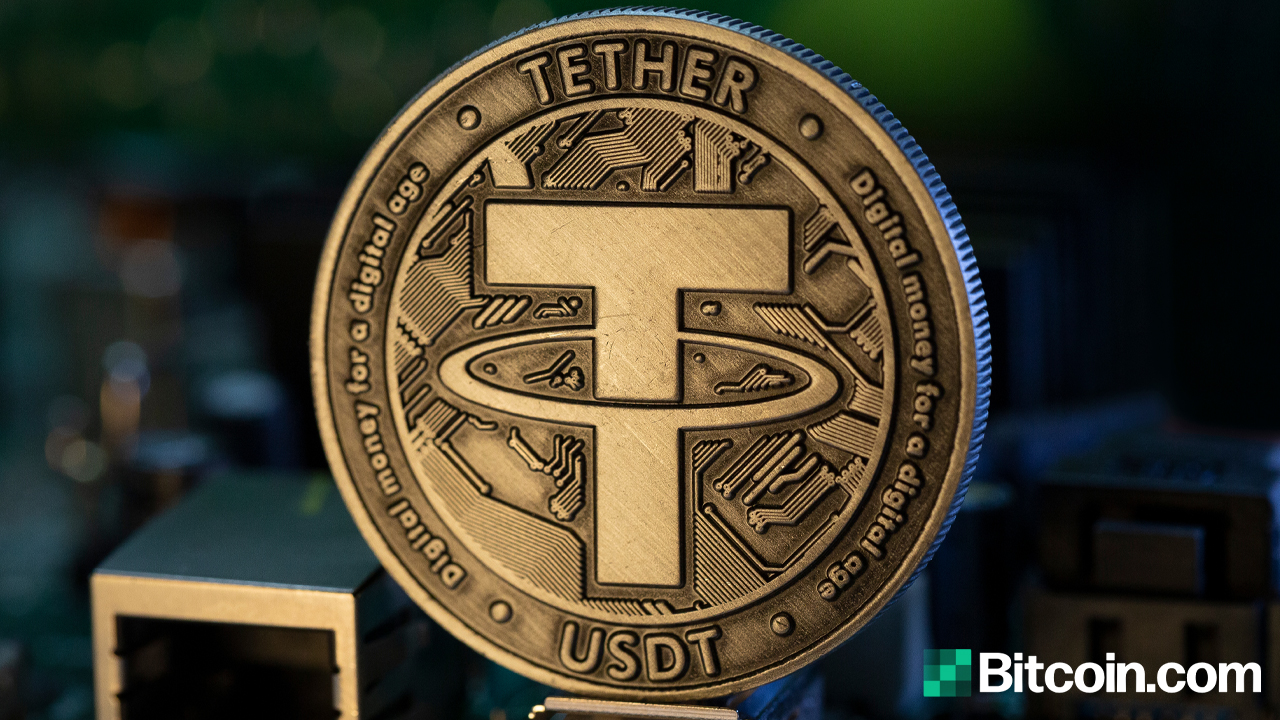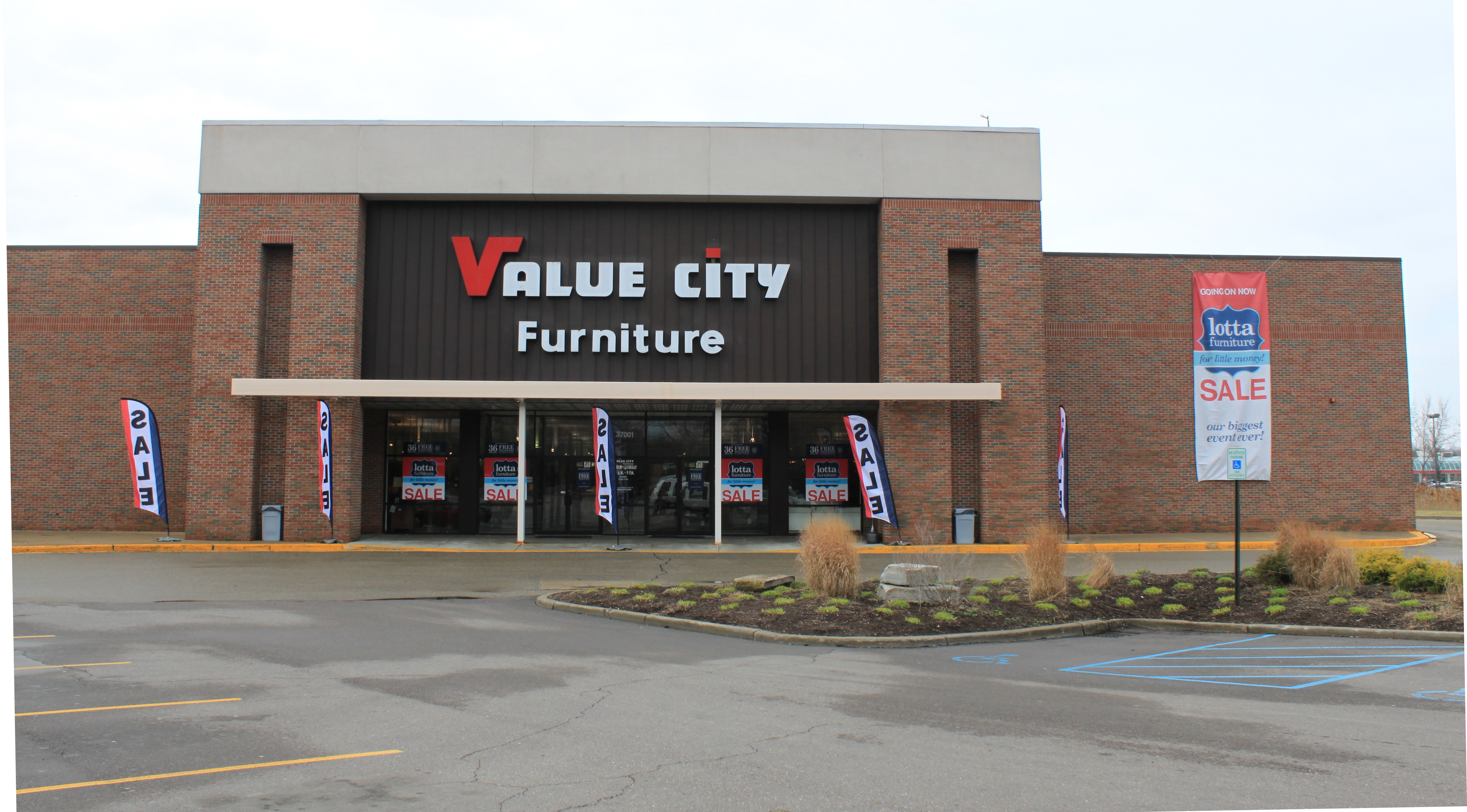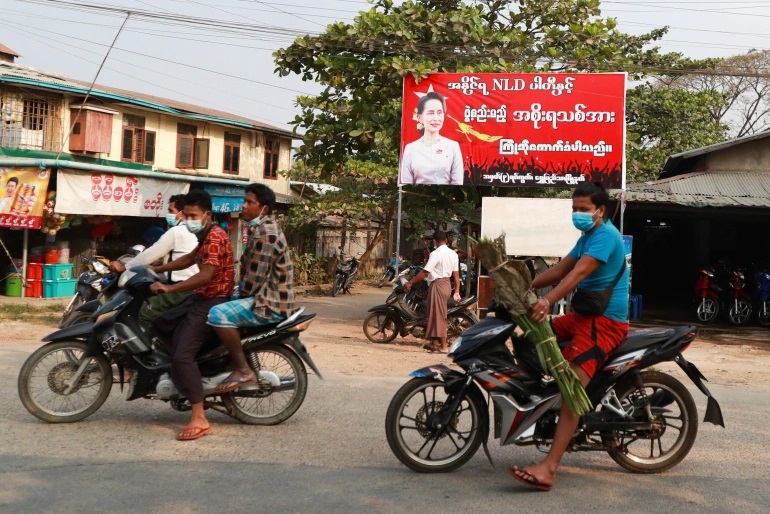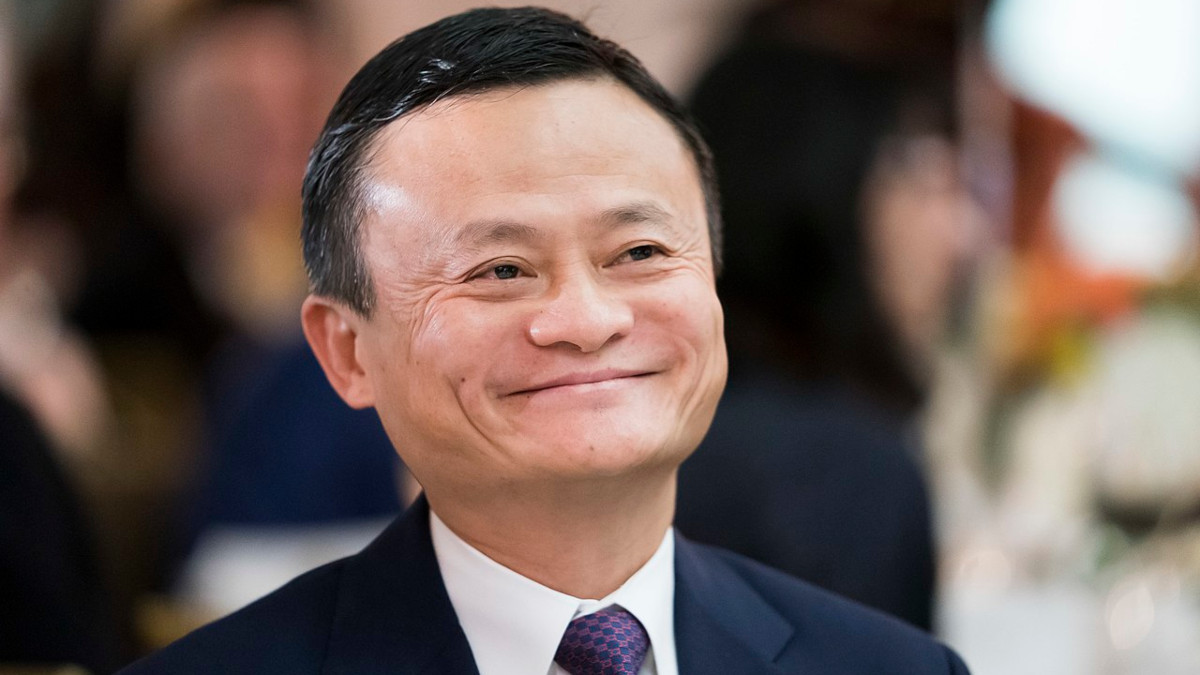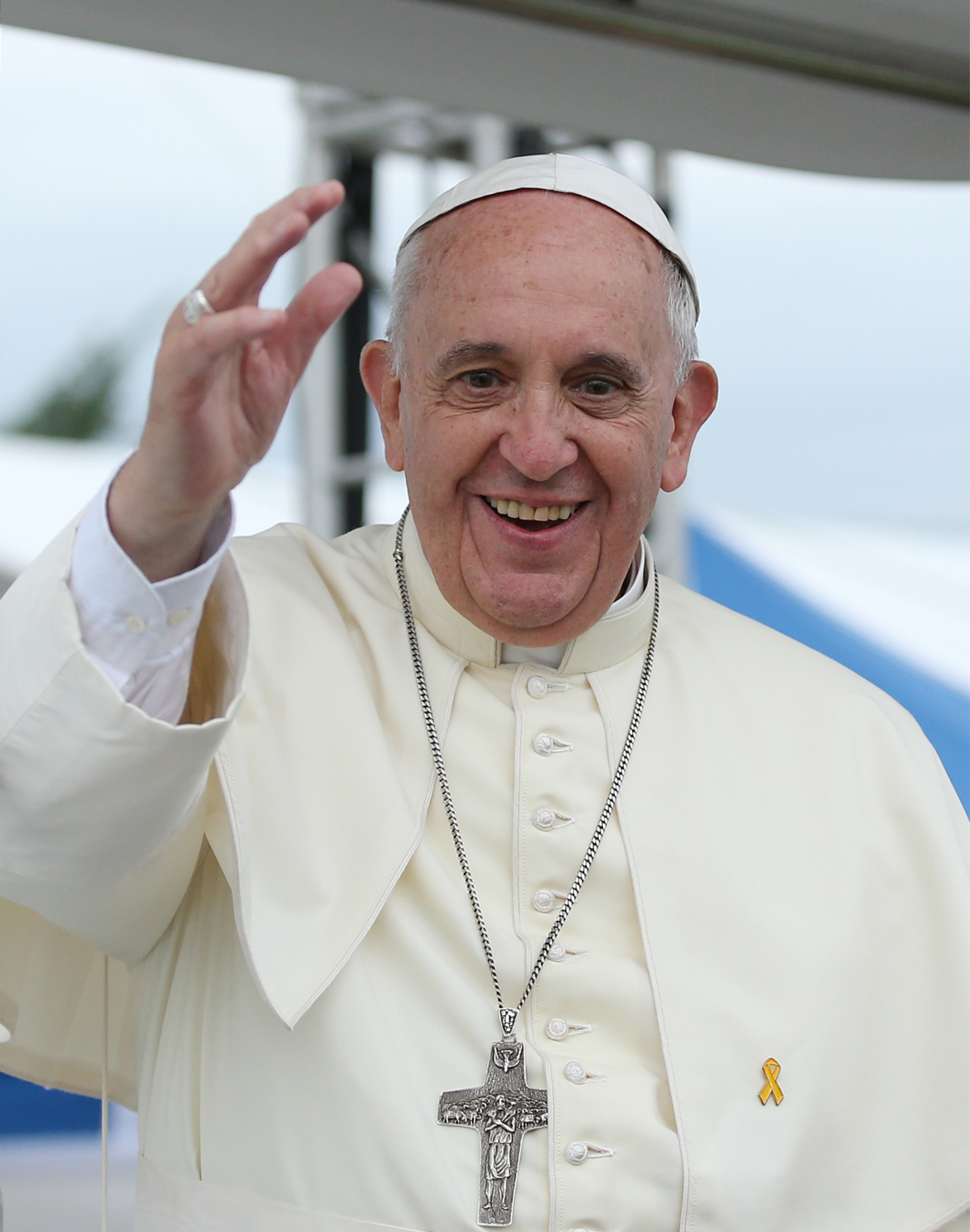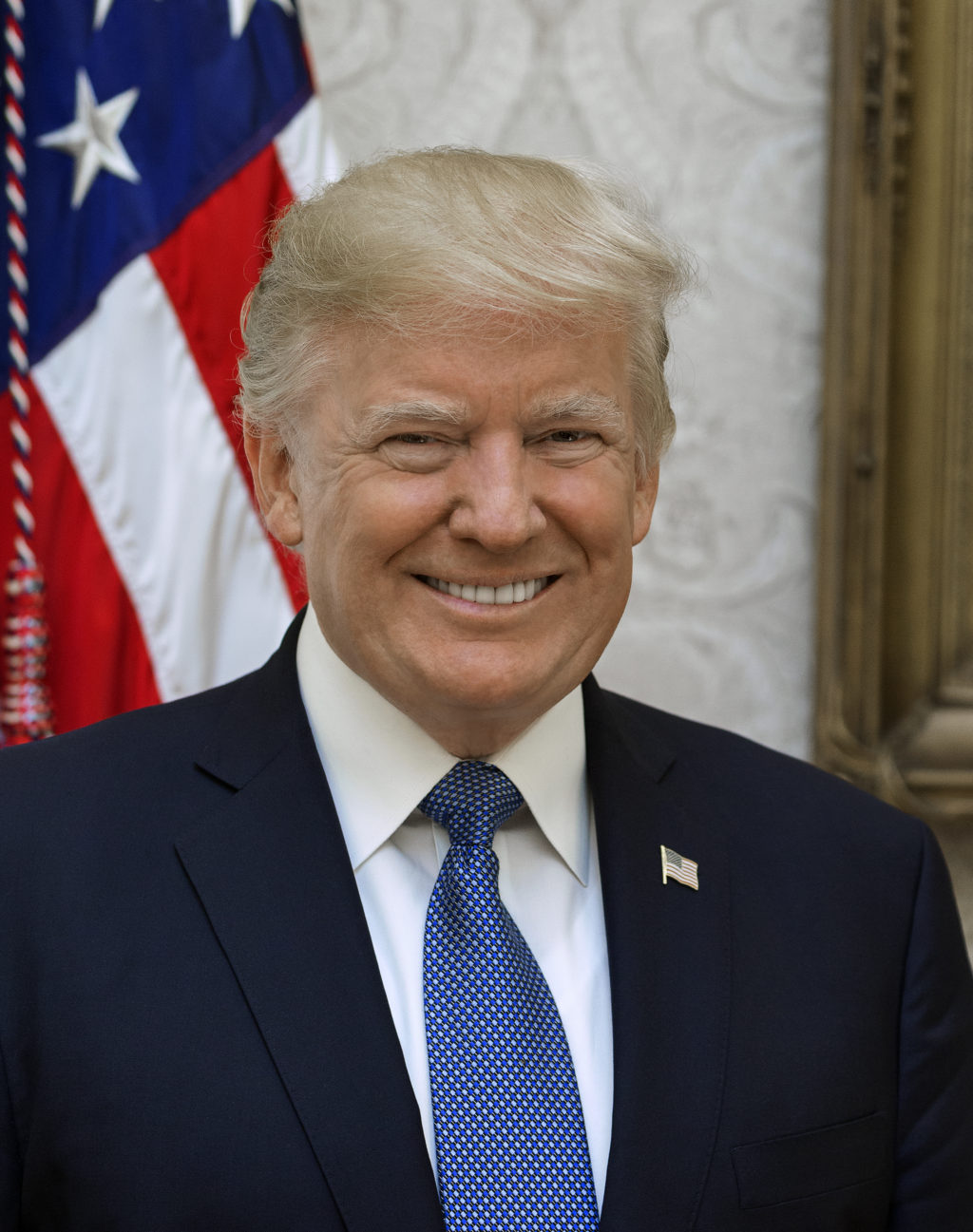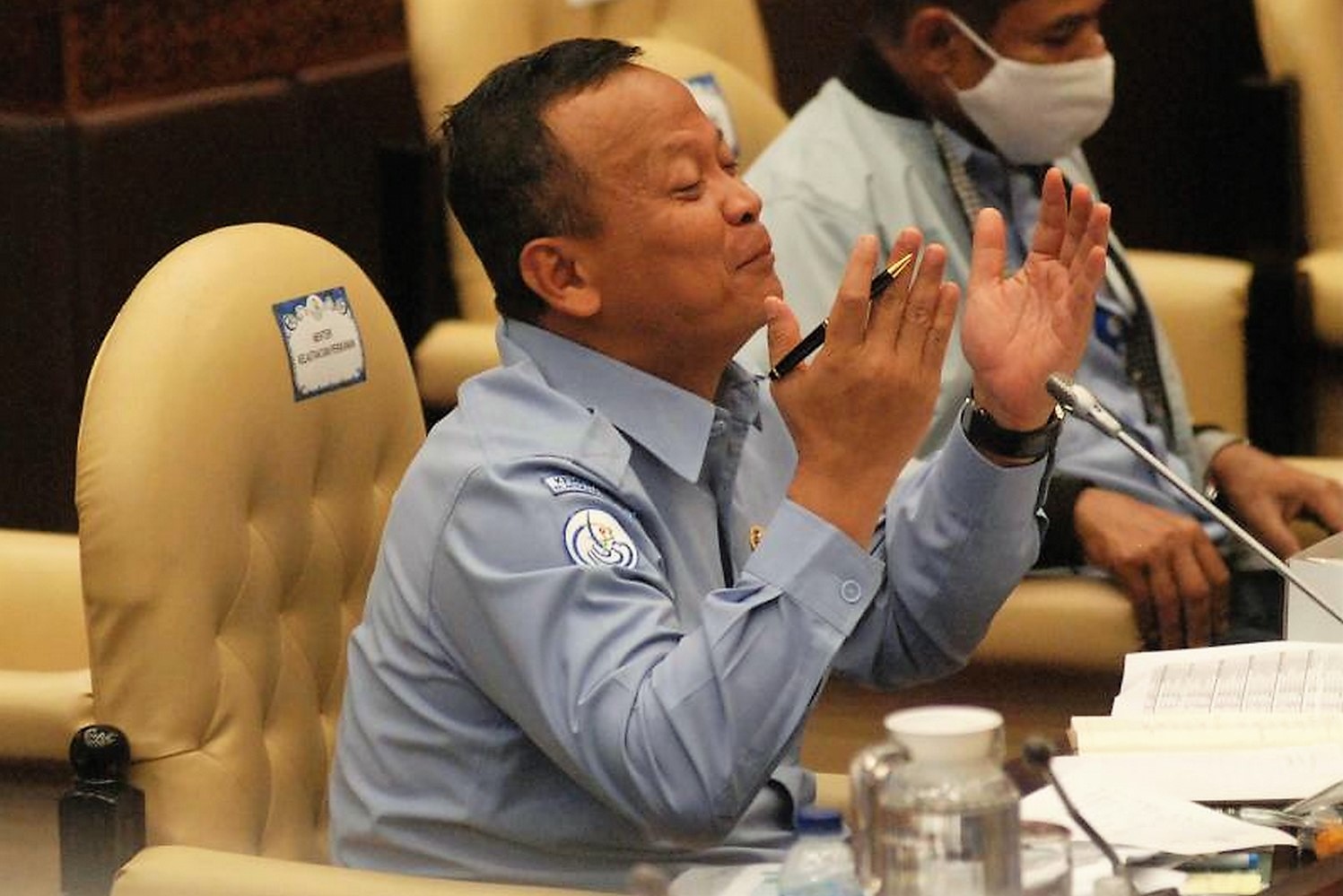12 January 2018
A blockchain, is simply a collection of records, called blocks, like records in a database table, or entries in a ledger. A blockchain is a distributed ledger which records transaction between parties in an efficient and permanent way.
The blocks are linked and secured using cryptography. Each block typically contains a cryptographic hash pointer as a link to a previous block, a timestamp and transaction data. The transactions are verified and validated by a peer-to-peer network. Once a transaction is validated it is entered as a new block in the chain. Once a transaction is recorded in a block, it cannot be altered retroactively without the alteration of all subsequent blocks.
Blockchain operates without a trusted authority or central a server. Bitcoin is the first cryptocurrency to be implemented based on blockchain technology. Bitcoin’s lead has been the inspiration for many additional applications.
Blockchain technology is evolving. The World Economic Forum (WEF) has released a new white paper that outlines a proposed solution to solve the problem of blockchain governance. This evolution gives greater confidence in the technology. Second-generation programmable blockchain system has been released. It is called blockchain 2.0. It enables programmers to write more sophisticated smart contracts which can implement the terms of the contract based on the progress. More like artificial intelligence, this enables contractual performance without human interference. For example, invoices can be created such that when the goods arrive payment is automatically made.
Ownership of cryptocurrency is recorded into a ledger account called vault. It is possible for a hacker to break into a system and steal some currency. This has happened. But it is not possible for a hacker to alter the blocks in a blockchain.
Mr Ravi Menon, Managing Director, Monetary Authority of Singapore (MAS), at Global Blockchain Business Conference in Andhra Pradesh on 9 October 2017 said “Blockchain technology allows diverse parties to collaborate without trusted central parties… Rather than trusting any single party, the trust is placed in the collective view of all parties… Anybody can check whether something is wrong.”
He mentioned a few examples of possible transactions:
a. Distributed ledger technology(DLT) can provide the means for registering, certifying, and tracking the supply chain process at low cost.
b. DLT may provide a more efficient alternative to credit bureaus that compile consumer credit information from banks.
c. The insurance industry in Singapore is looking at how DLT can help prevent duplicate insurance claims.
MAS along with Singapore Exchange, ten banks and technology companies created Project Ubin, based on Ethereum model. In this project inter bank settlements are made without going through the trusted intermediary of MAS. For this project, MAS released a digital version of Singapore dollar and placed it on the distributed ledger for domestic inter-bank settlement. Singapore Dollar cryptocurrency is the first government backed official currency. Many other countries will release such currencies in the future. Then it may become possible for individuals to transfer money to third parties without having to go through the banking system. This will result in speedy transaction at lower cost.
Hong Kong and Singapore have reached an agreement to link their respective trade finance platforms using blockchain technology to eradicate errors and fraud. This form of cooperation will spread among other countries over time.
Many advocates of the distributed ledger system argue that the system will reduce the cost of transferring funds. This is yet to be established. The is always a cost associated with funds transfer. So far, in the case of cryptocurrencies, the transfer costs are hidden in the pricing. With this method, over time and with millions of transactions, the hidden cost will become significant enough to destabilise the market value of the currency.
Every day there are some 2000 Denial of Service(DoS) attacks taking place in the cyber space accounting for $15bn loss every year. If data is stored on distributed systems, DoS attacks will have minimal impact.
Distributed ledger system requires lot more storage capacity than a centralised server. But the advent of newer technology in storage systems such as SSD, SHD, HDD, clouds and data centres are reducing the data storage costs.
Blockchain can effectively eradicate corruption from government document manipulation. In many developing countries changes to public registries are impossible to track. With a substantial bribe, land parcels can change hands discreetly in a matter of minutes. Ukraine will use blockchain technology to manage its registry of farmland, saying its current system is vulnerable to fraud that leads to conflicts over ownership. Estonia relies on the blockchain technology to run its national identity card project, and Nasdaq allows Estonians to vote online using the technology in shareholder meetings. Kodak will start using the technology to keep track of ownership of photo rights.
In many countries voters do not trust the outcome of elections. Dead and non-existing voters are in the electoral register. When electoral register and voting is done through a blockchain system, electoral outcome will have more credibility. A voter can vote without leaving the home.
If public sector contracts are awarded through an open system like blockchain, corruption will be a thing of the past. But the implementation of such a system, depends on the will of those in power. In developing countries most of the corruption in public sector contracts, takes place at very high level. Therefore, those at the top, will be reluctant to implement a transparent system so that they can continue to line their pockets. This is the biggest hurdle in combating corruption, especially in the developing world. In many countries election campaigns are funded by rigging public sector contracts.
Attempts are being made to apply blockchain technology in various industries. UK consultancy Accenture and French electronics maker Thales have been working on a crypto-tag put on a bag of diodes as security feature which would make the integrated circuit unclonable. PSA International (privatised port operator of Hong Kong), Pacific International Lines (PIL) and IBM are collaborating on a blockchain proof of concept for supply chains that would result in reduction of fraud and error. Experts believe that adoption of blockchain technology will kerb the problems of food adulteration which is prevalent in countries like China.
Emirates Islamic, Dubai’s largest banking group, has issued blockchain-powered cheque book which has a distinct QR code on each leaf of the book.
There are some disadvantages. We need to look out for a trade-off. For example, if medical records are put on blockchain, it will be easier for doctors to take the medical history into consideration when prescribing medication. This is more important for patients who see different specialist for different problems. But the individual’s private information now becomes public. There is no guarantee that the information will not fall into the hands of wrong people who may try to exploit. In such situations individual’s privacy is compromised.
Cryptocurrency is all together a different ball game. Instead of eradicating corruption it will facilitate corruption and money laundering as payments can be made anonymously. But authorities are having a watchful eye over the cryptocurrencies. Let us hope that they will find ways and means of taming this monster. South Korea is expected to take some steps in this direction. We will have to wait and se whether they will make any progress.
There will be some disruptive minds who will thwart the progress in the technology. A recent announcement, Hong Kong Central Bank has warned that blockchain could increase the risk of money laundering. After a decade of use we have come to know only now of the security vulnerability in computer and phone processors. Anything is possible. For the time being let us hope for the best noting that the governments and private sector are putting huge efforts in the right direction.





